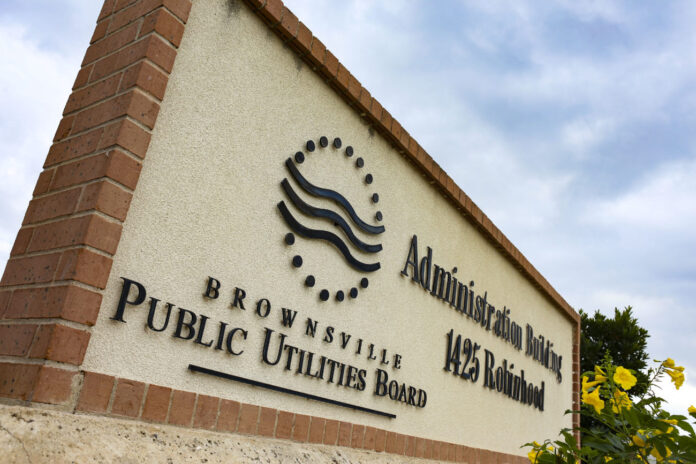
The Brownsville Public Utilities Board offers a trade a tree program for customers that have trees planted right underneath a primary voltage line where they remove the tree and replace it with a smaller one to make sure it does not come in contact with the power line.
“We offer the trade a tree program for customers that have trees planted right underneath a primary voltage line. Through this program, we safely remove the tree obstructing the line and provide a tree to replace the one that was taken out. The replacement is usually approximately 5 feet tall, just to make sure that it doesn’t come in contact with a power line in the future,” Cleiri Quezada, senior communications and public relations coordinator at BPUB, said.
“There are certain prerequisites to make sure that the area is approved to the trade a tree program. Trees under a secondary line or service wire, do not qualify, but we do ask that the customer calls us to make sure that we verify if the area qualifies or not.”
BPUB also offers a tree trimming program where they send a contractor to trim trees or branches that are too close to the power lines. Both programs intend to minimize power outages due to branches coming into contact with the power lines and are year-round at no charge to the customer.
“It is to no charge to the customer. This is a service that we offer because the main purpose of it is to really protect our power lines and to make sure that we decrease the chances of a power outage caused by a branch coming in contact with a line,” Quezada said.
“Those are very common power outages due to tree branches, so this is a way of minimizing the possibilities of power outages due to trees coming in contact with the power lines.”
The tree programs started back in 2001 and throughout the year a contractor is sent around the city to trim trees or branches that are close to the power lines. BPUB has a schedule where they cover certain quadrants of the city throughout the year but if a customer requests it, the contractor will be sent to the area to check if it’s urgent to have the branches or trees trimmed.
“If the customer sees that a tree or a branch is coming really close with a line they can go ahead and call us to request that we take a look at the area. If the contractor feels that the area is too urgent and the tree or branches needs to be trimmed, then we will go ahead and do that,” she said.
“It’s really important that the community remembers that anything that’s coming in direct contact with the line is very dangerous. We don’t encourage customers to cut their own branches, or trees when they’re too close to the power line. We encourage them to call us to report a tree or branch near a line and we will make sure to send someone to the area and safely cut the branch or trim the tree, whatever is needed and we’ll make sure it’s done safely.”
For the trade a tree program, the trees are from local nurseries from the RGV and offer trees to replace from three different groups.
>> Trees in Group one may be planted any place in the customer’s yard. Choices are: Brasil, Crape Myrtle, Huisache, Texas Persimmon, Chapote, Pindo Palm, Weeping Bottlebrush, Wild Olive and Anacahuita.
>> Trees in Group two must be planted at least 20 feet away from an area directly under the primary line. Choices are: Anacua, Common Orchid Tree, Ebony, Golden Rain Tree and Retama.
>> Trees in Group three must be planted at least 50 feet away from an area directly under the primary line. Choices are: Cedar Elm, Honey Mesquite, Live Oak, Mexican Fan Palm and Soapberry.
“We will do everything we can to protect or relocate rare specimen trees, like the sabal palms, oaks, that are directly under the primary power line. These are trees that are local to this area and we do try to protect them and relocate them elsewhere,” Quezada said.
“If the customer chooses to not accept the traded tree, they can go ahead and donate it to the city for use in city parks or on city property.”
To report tree branches coming into contact with the power lines or to see if you qualify for the trade a tree program, call BPUB at (956) 983-6201.
An earlier version of this story stated the tree programs were started in 2007. The programs started in December 2001.




